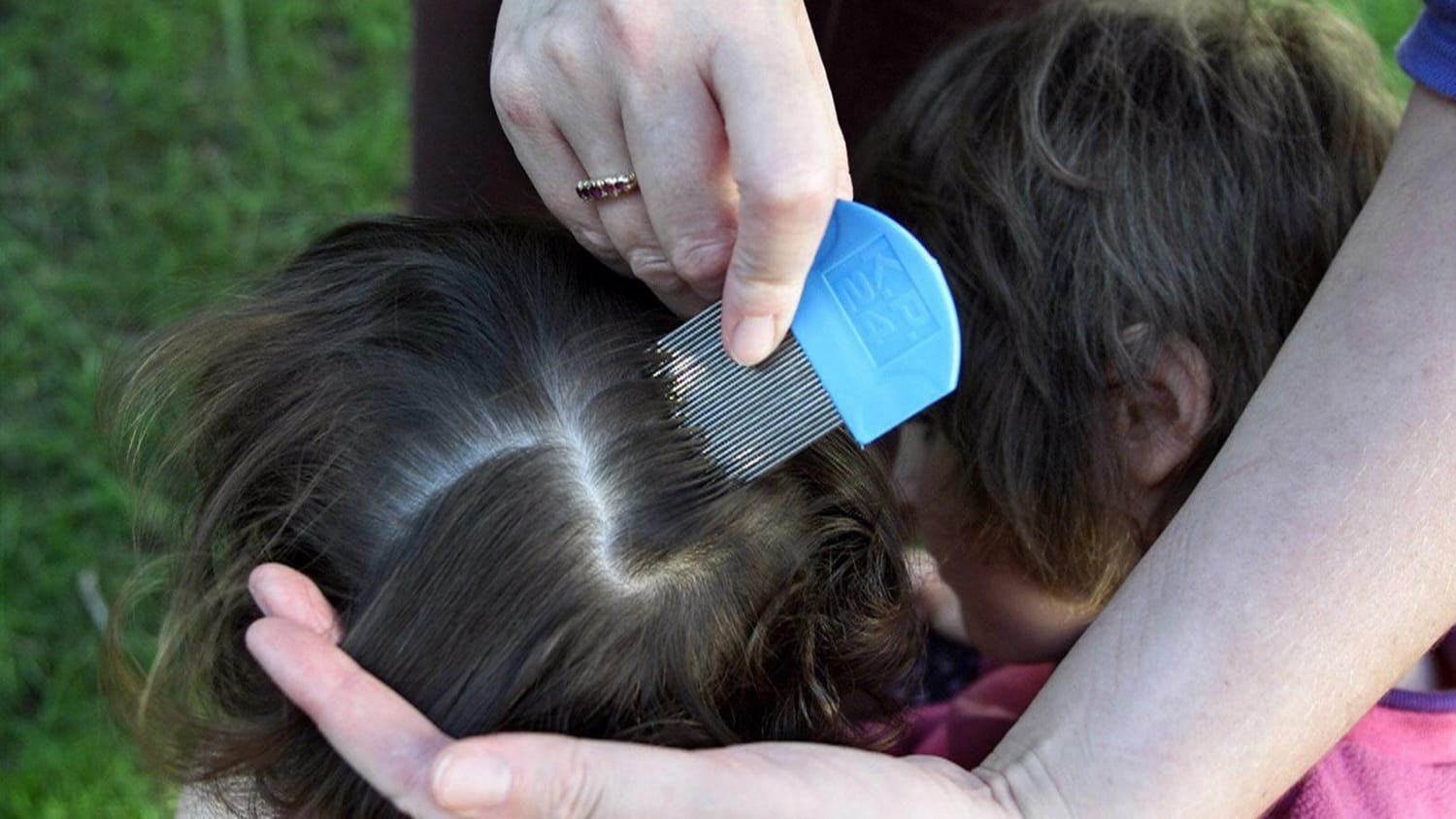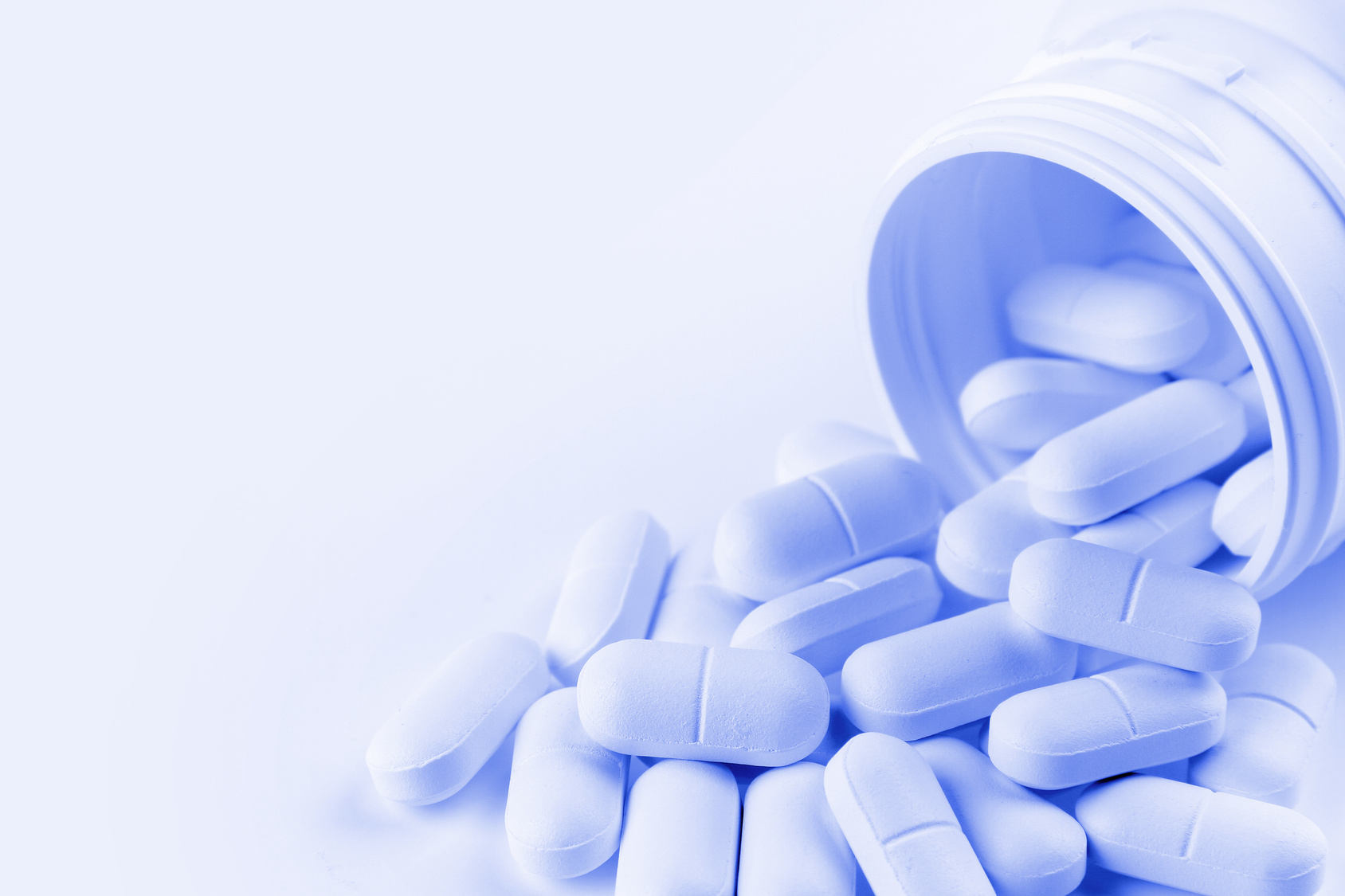To eliminate lice, it is essential to use effective treatments. However, insects have developed resistance to insecticides, which makes it necessary to vary the treatments.
Every school year marks the return of lice, which invade the scalp of our children. Pediculus humanus capitis, in fact, is especially present in 3-11 years old. How to look for them and, above all, how to get rid of them?
Sign of the presence of lice: itchy scalp
The signs of an infestation of lice are generally mild: simple itching of the scalp, more or less intense and located especially on the nape and near the ears. The skin can be attacked, it is the pediculosis of the scalp, but there is no serious complication to this infestation. Nevertheless, this itching is very unpleasant, and lice are transmitted very easily. Eliminating them can be difficult.
Unfortunately, few prevention methods are effective. If you hear about an outbreak of lice in your child’s school, watch his hair every day, as well as yours.
Choosing the right anti-lice treatment

If your child is coming back from school with lice, do not go into treatments that have proven ineffective, such as vinegar water, aromatherapy, herbal medicine, or electronic combing. In addition, be aware that head lice resist prolonged immersion in water, which explains the inefficiency of simple washing of hair, even careful.
In pharmacy you will find moderately toxic and fairly easy to use insecticides, in the form of lotion or shampoo. A lotion is applied on dry hair; let it sit for 30 minutes (15 minutes before the age of 2). Then rinse the hair, then comb them with a lice comb. Follow the tips on the bottle.
Resistance to treatments more and more frequent
Resistance to insecticides to eliminate lice appeared, starting with pyrethrins. In US, the health insurance recommends using malathion in first intention, because there would be less resistance with this product. If, the day after treatment, lice are still alive, resistance may be suspected. It is then possible to use products with dimeticone, a compound closes to the silicone that covers the louse of a film and prevents it from breathing.
The cause of the appearance of resistance is the repetition of identical treatments. According to a 2018 submission to the American Chemical Society, the majority of lice in the United States are resistant to treatment with pyrethroids. The researchers found three mutations in lice DNA associated with this resistance. Out of 30 states studied, only one (Michigan) had insect-susceptible lice. According to John Clark, from the University of Massachusetts speaking in The Guardian, the anti-lice Nix launched was effective almost 100% when it was launched in 1992. Resistance began to appear in 2000; it was four times less effective in 2014.
In order to limit resistance to treatment, treat only people who are really infested with lice: the more the treatments are used, the more likely the lice are to develop resistance. It is also possible to use mixed products (e.g. malathion + pyrethrin). The alternation of treatments is a way of limiting resistance. Other molecules exist to fight lice: spinosad and ivermectin.
In US, anti-lice products are self-service and not reimbursed by Social Security. If the lice persist despite the treatments, it is advisable to consult your doctor.
To know about lice
Did you manage to eradicate lice? Above all, do not give up. Continue to monitor caps, scarves, collars, pillows, hairbrushes. If you find them, decontaminate them simply by washing at 60 °C.
Lice live about a month on their heads, but they rarely survive more than 24 hours away from their host. Females lay several dozen eggs, which are called nits, and are firmly attached to the base of the hair. Their incubation lasts about 7 days, then in 9 to 12 days the larva becomes an adult capable of reproducing.




